And so the National Trust’s crazed attack on its own properties goes blazing on. Their latest self-hating wheeze is to get children to write poems attacking Britain’s history.
One hundred primary school pupils have been taken around the Trust’s country houses before they compose poems about the former owners’ connections with the British Empire. It’s all part of the Trust’s ‘Colonial Countryside’ project, which since 2018 has been highlighting ties between the Trust’s houses and imperialism.
And so, at lovely Charlecote Park, Warwickshire, one child wrote this about the jewelled dress sword and scabbard looted from Lucknow during the Indian mutiny of 1857: ‘Stolen by the English; a freedom sword, a stolen freedom sword.’
Another poem, about Lord Curzon, Viceroy of India, of Kedleston Hall, Derbyshire, has been removed from the Trust’s website. That poem read: ‘He thinks he’s strong, trying to take over India.’
The children mustn’t be blamed. They’re only doing what they’re told. But it’s deeply depressing that the Trust is continuing its politicisation, which has now been going on for 20 years. Children — and grown-ups — don’t go to National Trust properties for one-sided, heavily politicised, dumbed-down history lessons.
They go there, first, for pleasure: for the beauty of the Trust’s landscapes; and for the architectural and artistic treasures of their houses.
Before the Trust was politicised 20 years ago, history would be presented in brief, factually correct captions to pictures and short exhibitions about the houses. Those captions and exhibitions didn’t sing the praises of the houses. They just laid out the facts, pure and simple: dates of construction of the houses; who built them; who painted the pictures and made the furniture, and what style they were in. It’s fine, of course, for occasional exhibitions to highlight the particular story of a house. And that might well include slavery — the undeniable foundation to many a fortune that built a National Trust property.
But, in recent years, the Trust can only concentrate on the bad side or the politicised side of its properties: whether it’s slavery or LGBT issues, the focus of another recent campaign by the Trust.
Not only do those poor children go away from these magnificent houses, weighed down with gloom at the Trust’s miserable take on history. They also end up with only opinions and no facts. Those poems I quote above constitute an opinion which, of course, children should be allowed to hold. But they don’t add anything to the sum of the knowledge of those children.
If they’d visited Charlecote and Kedleston in the non-politicised days, they could have left with their brains fuller: whether it was about Elizabethan architecture at Charleston, or Elizabeth I or Shakespeare, both of whom are said to have visited the house or its grounds. At Kedleston, they could have learnt about not just Curzon and India, but also the fascinating history of classical architecture, and its roots in Greece and Rome.
But history, facts, beauty, literature, architecture, art — the 1,001 things that come together at the greatest country houses — are eclipsed by a single opinion: that British history is full of villains.
When I went to Sissinghurst, Kent, one of the Trust’s most popular houses, as a boy, it was pure joy. I gradually learnt about the 16th century tower there, and Harold Nicolson and Vita Sackville-West, as I got older. But I also raced around the garden, pretending to be a knight, playing hide and seek behind the vast hedges, slowly falling in love with old buildings and gardens.
And, for a while, I fell in love with the National Trust, which I revered as a teenager right up until the politicisation began 20 years ago when I was 30. The Trust has often bemoaned the fact that most of its visitors are over 50. They’re not going to get many younger members if they tell them, when they’re children, how evil their properties are.
<//>
Got something to add? Join the discussion and comment below.
Get 10 issues for just $10
Subscribe to The Spectator Australia today for the next 10 magazine issues, plus full online access, for just $10.

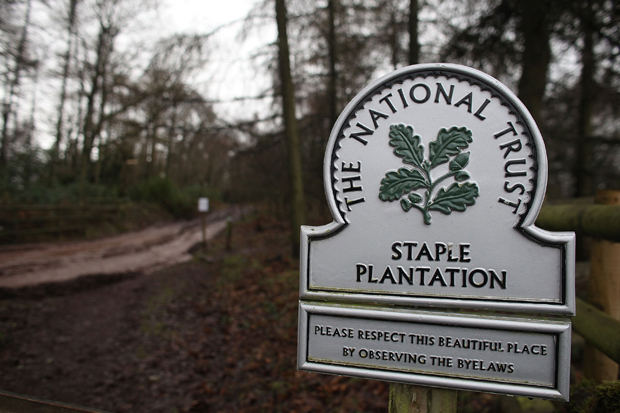
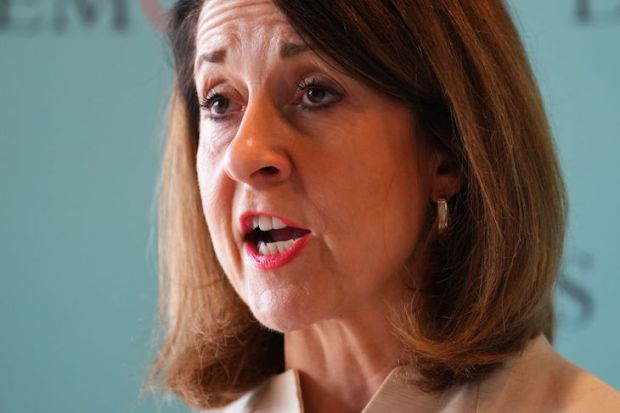
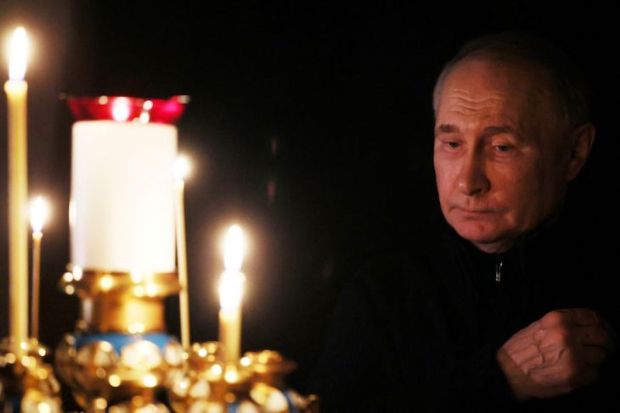
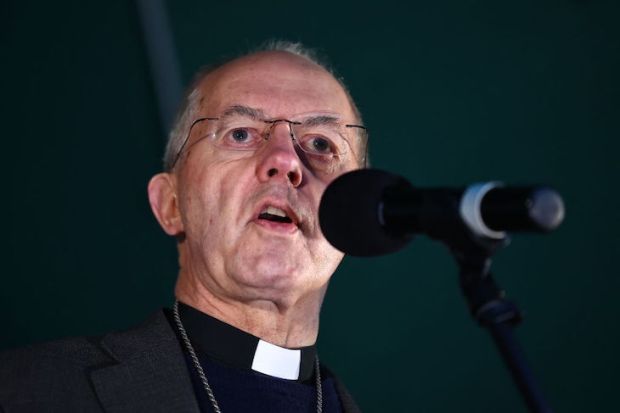

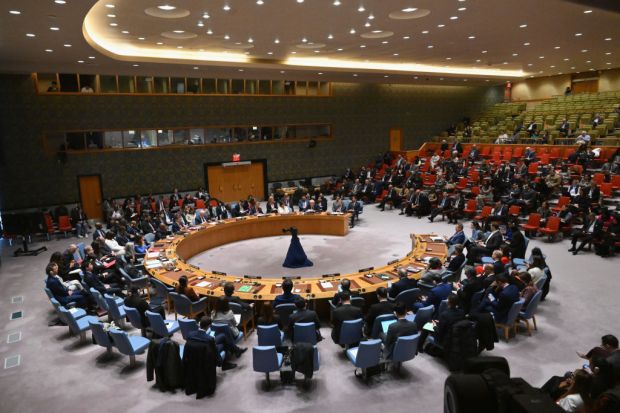
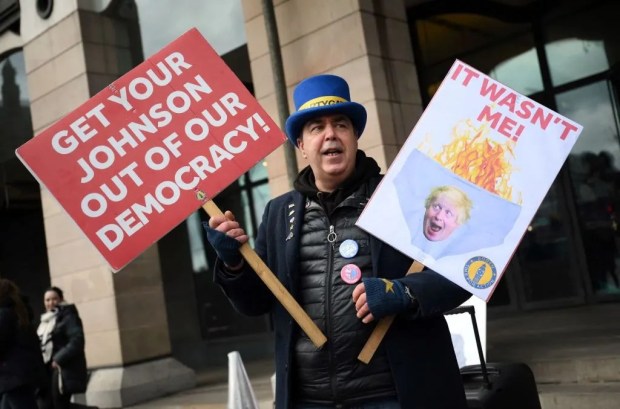












Comments
Don't miss out
Join the conversation with other Spectator Australia readers. Subscribe to leave a comment.
SUBSCRIBEAlready a subscriber? Log in